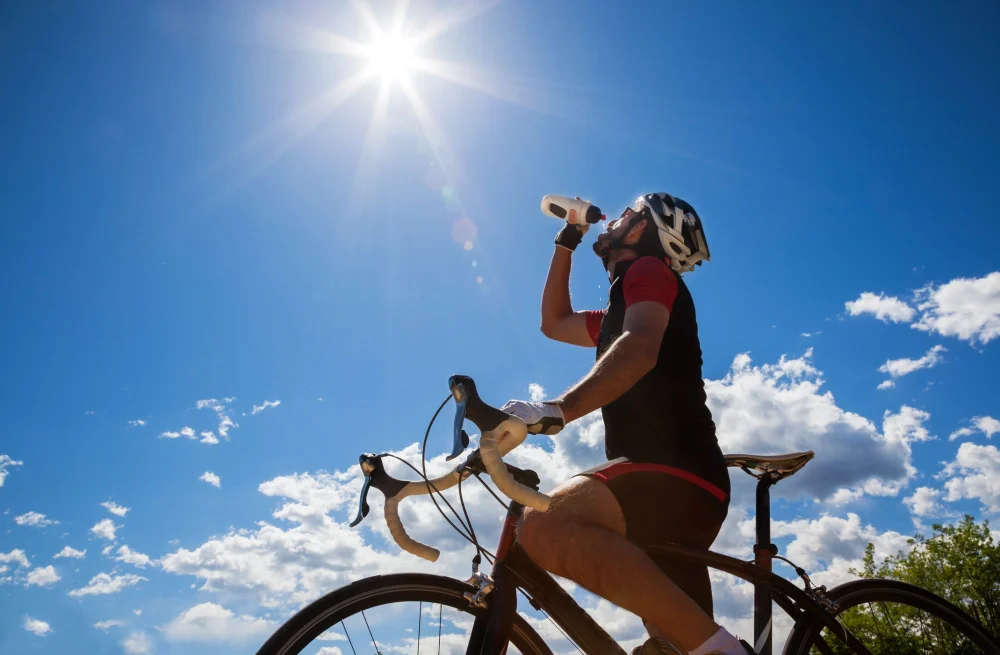
- preparation-before-the-ride
- choosing-the-right-time-and-route
- hydration-strategies-and-electrolyte-balance
- clothing-and-gear-for-extreme-heat
- monitoring-your-body-and-recognizing-warning-signs
- real-case-riding-in-texas-heat
1. Preparation Before the Ride
Riding in extreme heat requires more than just determination—it demands strategic planning. Before you even clip in, check the weather forecast for temperature, humidity, and heat index. Make sure your bike is in excellent working condition, particularly the tires and brake system, which can behave differently on hot asphalt.
Mentally prepare for a slower pace. Riding in high temperatures puts more stress on the cardiovascular system, so this isn’t the time to set personal records. Plan your rest stops and bring cooling tools like ice packs or insulated bottles. At Cycling Guider, you’ll find many essentials that are designed specifically for high-temperature endurance rides.
2. Choosing the Right Time and Route
Timing is everything when the sun is out in full force. Early morning and late evening are your best friends. Try to finish your ride before 10 a.m. or start after 6 p.m. to avoid the most dangerous heat hours.
Choose routes with shaded paths, parks, or access to water fountains. Urban cyclists should avoid heavy traffic routes where radiated heat from cars and pavement makes temperatures even more oppressive. If you're riding through open terrain, plan accordingly with more water and gear.
3. Hydration Strategies and Electrolyte Balance
Dehydration is the number one risk in extreme heat. But hydration isn’t just about drinking water—it's about balance. Sweating causes a loss of essential minerals like sodium, potassium, and magnesium. Always carry electrolyte tablets or sports drinks in addition to plain water.
Sip regularly—don’t wait until you feel thirsty. A good rule of thumb is one bottle per hour, but this can vary depending on your sweat rate and the ride intensity. Hydration packs with a hose can help you sip without breaking rhythm.
Pro tip: Freeze your bottles overnight. As they melt during the ride, you’ll always have cool water at hand. Cycling Guider offers excellent insulated hydration products tailored for long hot rides.
4. Clothing and Gear for Extreme Heat
Wearing the wrong clothing can turn an already tough ride into a dangerous one. Avoid dark colors and opt for light, breathable fabrics. Modern cycling kits are made with UV-reflective technology and ventilated panels to reduce core body temperature.
A well-ventilated helmet is essential. Some cyclists even use bandanas soaked in cold water around their neck or special cooling towels. Arm sleeves may seem counterintuitive but can protect from sunburn while cooling you through sweat evaporation.
Also consider applying sunscreen, especially on your neck, nose, and ears. Sunburn not only increases your risk of skin cancer but also adds to your body’s thermal load.
5. Monitoring Your Body and Recognizing Warning Signs
Riders often push past discomfort without realizing they’re entering dangerous territory. Be on the lookout for early signs of heat exhaustion: nausea, dizziness, chills despite the heat, or unusual fatigue. These are not badges of honor—they’re warnings.
Stop immediately if you feel disoriented or weak. Move to a shaded area, hydrate slowly, and rest. If symptoms persist, call for assistance. It’s better to end a ride early than risk a heatstroke.
Using a smartwatch or cycling computer with temperature and heart rate monitoring features can also alert you if your body’s under stress. Many of these tools can be found through Cycling Guider to enhance your ride safety.
6. Real Case: Riding in Texas Heat
Consider Jason, a cyclist based in Austin, Texas, who shared his experience in a local cycling forum. He once attempted a 50-mile midday ride in July with only two water bottles and no electrolytes. By mile 30, he was dizzy, weak, and unable to continue. A passerby had to assist him to a gas station.
Since then, Jason always carries extra hydration, wears light-colored gear, and starts his rides before sunrise. His story reminds us that experience doesn’t shield us from the sun’s power. It’s the preparation that makes all the difference.

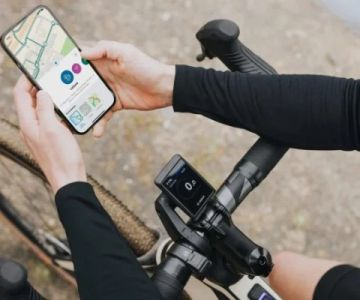
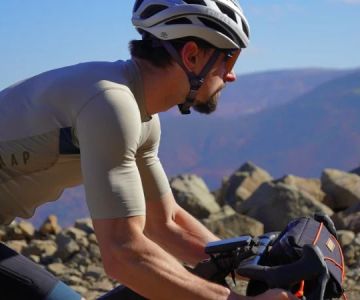
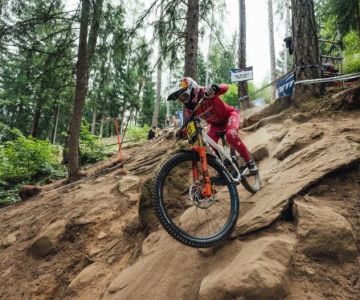
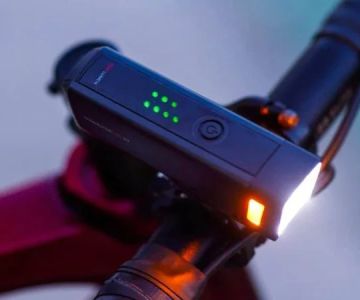
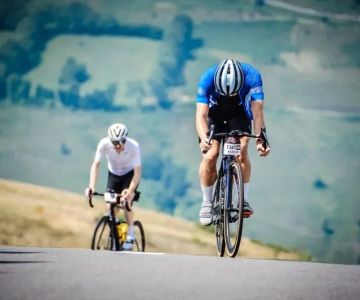
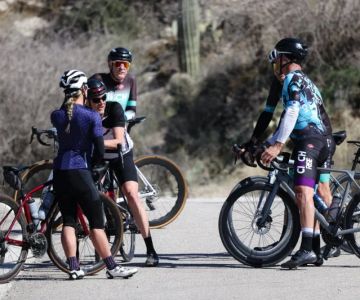
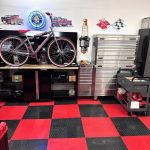 Billet BMX5.0 (2 reviews)
Billet BMX5.0 (2 reviews)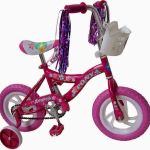 Far East Children Bicycle Factory1.0 (1 reviews)
Far East Children Bicycle Factory1.0 (1 reviews)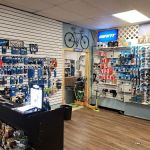 Archer Motorsports, Inc.4.0 (8 reviews)
Archer Motorsports, Inc.4.0 (8 reviews) YEP Bike Works4.0 (55 reviews)
YEP Bike Works4.0 (55 reviews)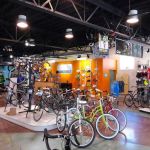 Gorham Bike & Ski4.0 (498 reviews)
Gorham Bike & Ski4.0 (498 reviews)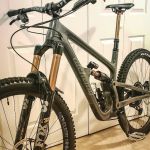 Alchemy Bikes4.0 (37 reviews)
Alchemy Bikes4.0 (37 reviews) How to Teach Kids to Ride a Bike: A Step-by-Step Guide for Parents
How to Teach Kids to Ride a Bike: A Step-by-Step Guide for Parents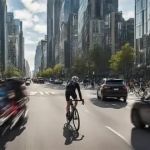 Tips for Riding on Busy City Streets: Smart Strategies for Urban Cyclists
Tips for Riding on Busy City Streets: Smart Strategies for Urban Cyclists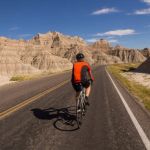 Best US National Parks for Mountain Biking: Ride Epic Trails Across America
Best US National Parks for Mountain Biking: Ride Epic Trails Across America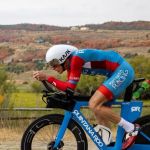 Best Aero Helmets for Time Trials and Racing
Best Aero Helmets for Time Trials and Racing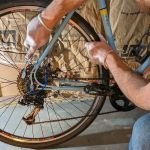 How to Clean and Lubricate Your Bike Chain Like a Pro
How to Clean and Lubricate Your Bike Chain Like a Pro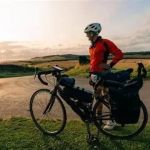 10 Must-Have Items for Long-Distance Cycling Trips
10 Must-Have Items for Long-Distance Cycling Trips